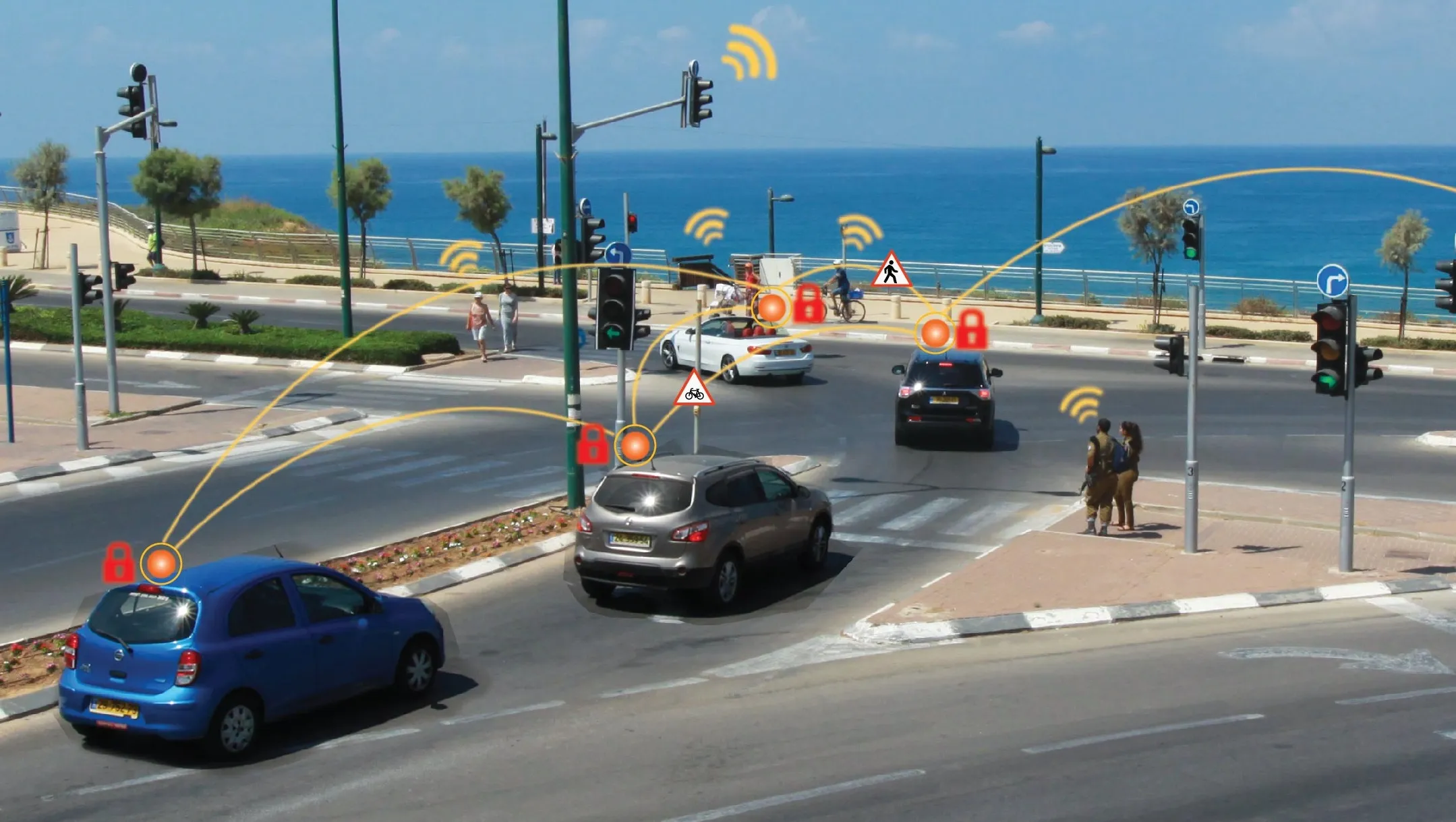The latest analysis by ABI research expects global V2V penetration in new cars to increase from 10.9 per cent in 2018 to 69 per cent in 2027.
ABI Research vice-president and practice director Dominique Bonte comments: “Huge interest in autonomous driving across the automotive ecosystem firmly positions V2X technology and applications as a key component of driverless car systems. However, some OEMs are claiming some forms of (semi)-autonomous driving can be achieved by just using in-vehicle ADAS-sensors.
November 21, 2013
Read time: 2 mins
The latest analysis by 5725 ABI Research expects global V2V penetration in new cars to increase from 10.9 per cent in 2018 to 69 per cent in 2027.
ABI Research vice-president and practice director Dominique Bonte comments: “Huge interest in autonomous driving across the automotive ecosystem firmly positions V2X technology and applications as a key component of driverless car systems. However, some OEMs are claiming some forms of (semi)-autonomous driving can be achieved by just using in-vehicle ADAS-sensors. This illustrates the automotive industry’s obsession to maintain full control over the driving experience.”
In the meantime, the 5.9 GHz dedicated short-range communication (DSRC) spectrum debate in the US continues. Cable operators such as Comcast recently joined the fray to claim shared access to the band for unlicensed consumer wi-fi use while1686 Toyota testified before 2018 US Congress, voicing interference concerns.
At the same time, technologies such as LTE and the still to be released Long Range Bluetooth smart standard are advanced as possible alternatives for 802.11p DRSC. Both technologies have the important advantage of becoming available on smartphones for use as pedestrian detection or as in-vehicle aftermarket solutions.
All eyes are now focused on the US DoT who has promised to make a decision on a DRSC mandate in the US before the end of 2013. Clearly, DRSC is now at an important crossroads with its very future existence hanging in the balance, at least in the US.
More importantly, the real issue haunting DSRC advocates is their focus on technology, rather than on use cases and applications. Regardless of technology choices, the very nature of vehicle-to-vehicle and vehicle-to-infrastructure connectivity and its many benefits for safety, traffic, and convenience should be at the heart of the industry debate.
ABI Research vice-president and practice director Dominique Bonte comments: “Huge interest in autonomous driving across the automotive ecosystem firmly positions V2X technology and applications as a key component of driverless car systems. However, some OEMs are claiming some forms of (semi)-autonomous driving can be achieved by just using in-vehicle ADAS-sensors. This illustrates the automotive industry’s obsession to maintain full control over the driving experience.”
In the meantime, the 5.9 GHz dedicated short-range communication (DSRC) spectrum debate in the US continues. Cable operators such as Comcast recently joined the fray to claim shared access to the band for unlicensed consumer wi-fi use while
At the same time, technologies such as LTE and the still to be released Long Range Bluetooth smart standard are advanced as possible alternatives for 802.11p DRSC. Both technologies have the important advantage of becoming available on smartphones for use as pedestrian detection or as in-vehicle aftermarket solutions.
All eyes are now focused on the US DoT who has promised to make a decision on a DRSC mandate in the US before the end of 2013. Clearly, DRSC is now at an important crossroads with its very future existence hanging in the balance, at least in the US.
More importantly, the real issue haunting DSRC advocates is their focus on technology, rather than on use cases and applications. Regardless of technology choices, the very nature of vehicle-to-vehicle and vehicle-to-infrastructure connectivity and its many benefits for safety, traffic, and convenience should be at the heart of the industry debate.









